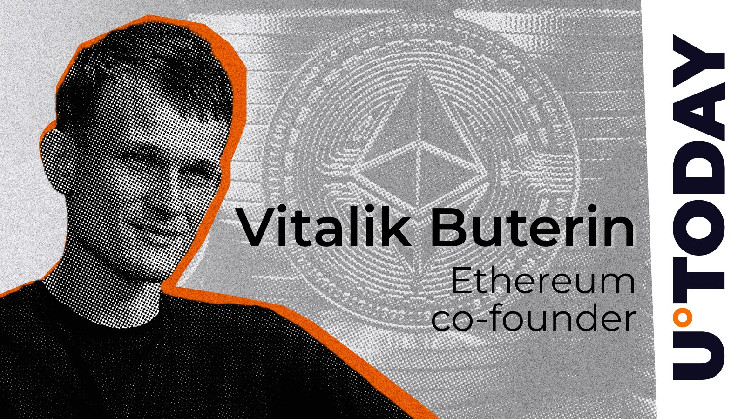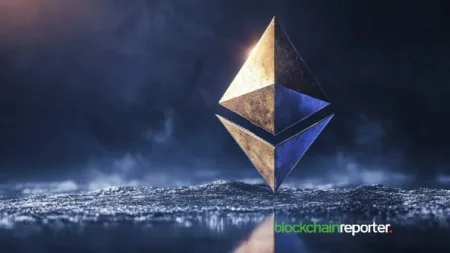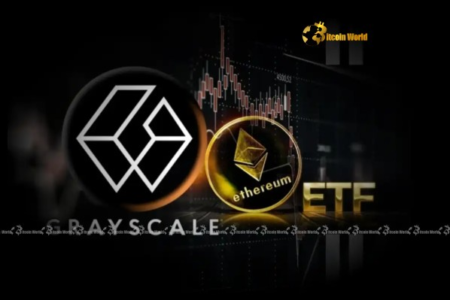Ethereum’s cofounder, Vitalik Buterin, recently sparked a conversation about a crucial update to Ethereum’s infrastructure — EIP-7708. This proposal could solve a long-standing issue with tracking ETH transfers across various transaction types, something that has plagued the network for years.
EIP-7708 is designed to introduce a new logging mechanism for Ethereum transfers, both from regular accounts and smart contracts. The proposal aims to emit a log every time an ETH transfer happens, regardless of whether the transaction occurs via a normal transaction, a CALL or a SELFDESTRUCT action in smart contracts.
Currently, logs are effective for tracking ERC-20 token transfers but not for native ETH transfers. While transactions from regular external-owned accounts (EOAs) are visible in the transaction list, transfers from smart contract wallets are harder to track, often leading to complications. In the past, exchanges experienced significant delays or even failed to properly recognize ETH deposits from smart contract wallets.
EIP-7708 proposes that every time ETH is transferred, the network automatically generates a log that follows a standardized format. The log would include three critical data points: the sender address, recipient address and the amount of ETH transferred. This change would enable developers, exchanges and users to trace ETH’s movements more effectively, making it easier to track all ETH transfers with a unified system.
The biggest advantage of EIP-7708 is simplifying how ETH transfers are logged and tracked, something particularly important for developers and exchanges. It would allow every transfer to be easily monitored through a single mechanism, bringing Ethereum’s ETH-tracking capabilities more in line with ERC-20 token standards.
There are still some open questions regarding the proposal, such as whether logs should also include fee payments or withdrawals. Including these might enhance transparency, but it would also significantly increase the number of logs, raising concerns about performance and storage efficiency on the blockchain.
Read the full article here









